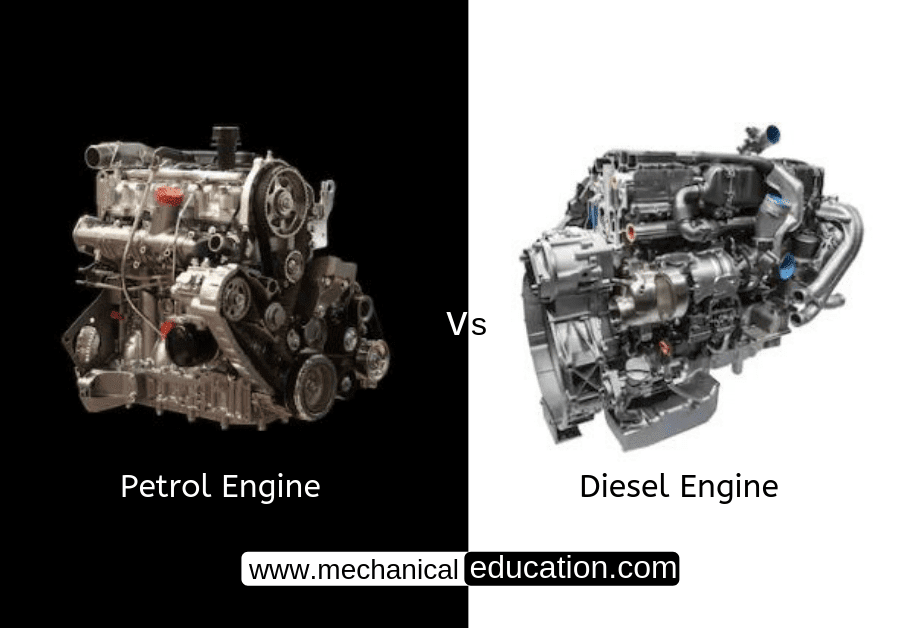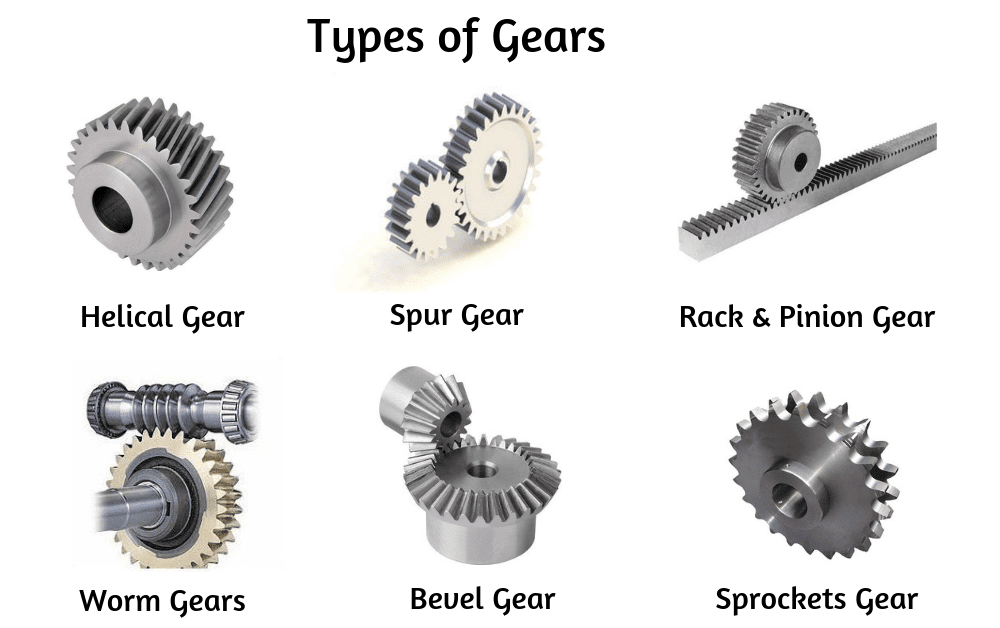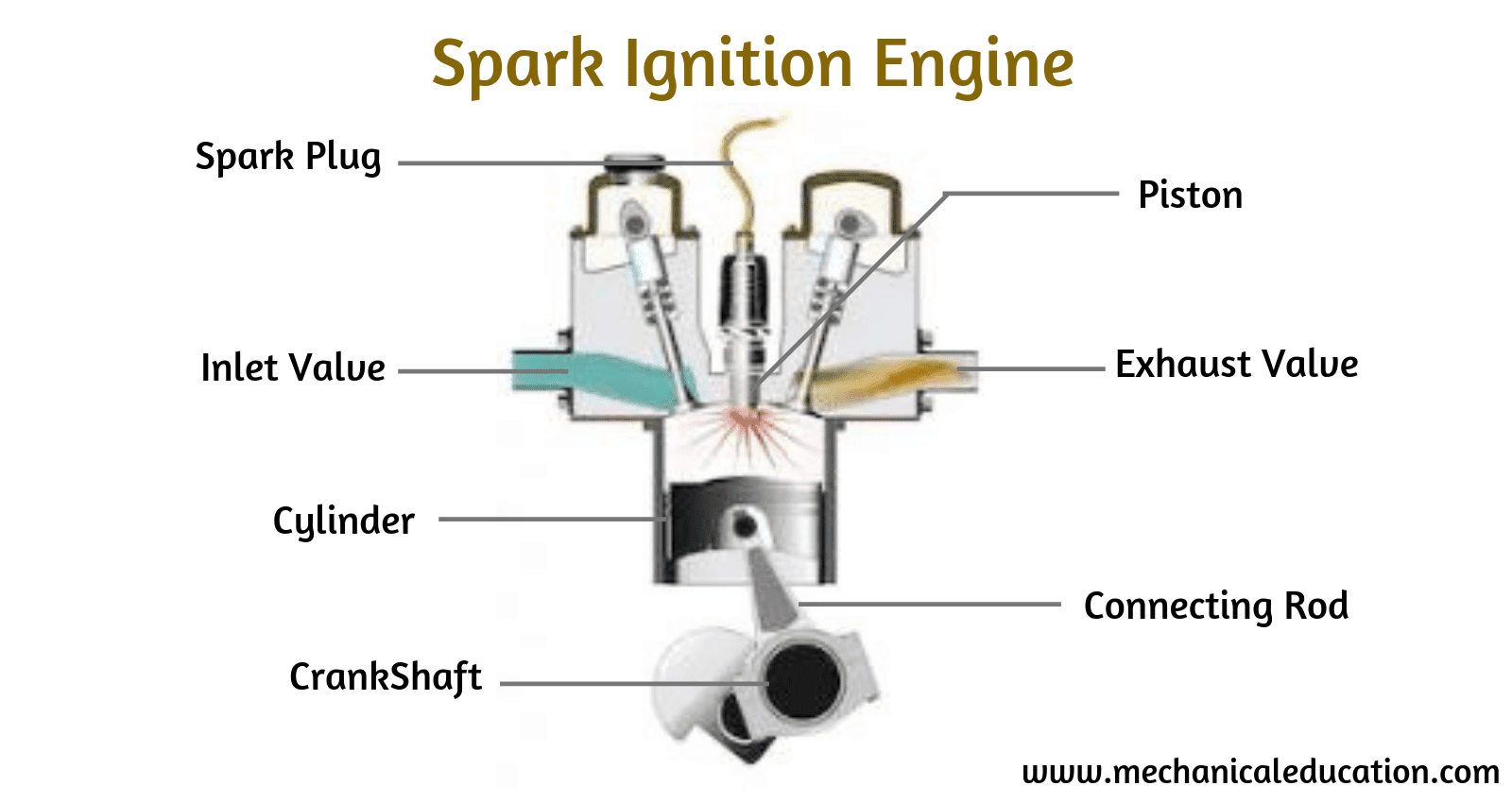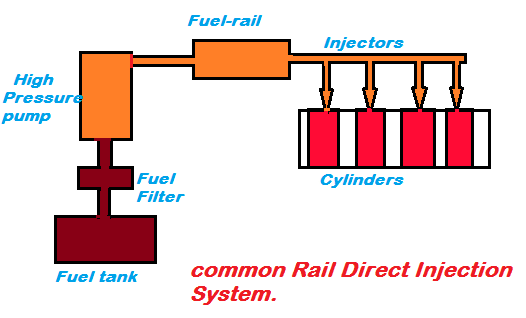Riveting and bolting are both methods of fastening two or more parts together, but they have some key differences in their design, application, and function.
Riveting is a method of fastening two or more parts together by inserting a thin metal rod, called a rivet, through a hole in each part and then deforming the end of the rivet to create a secure mechanical connection. Rivets can be used to join a wide variety of materials, including metal, wood, and plastic. Rivets are typically made of a strong, durable metal such as steel or aluminum, and they are available in a variety of sizes and shapes to suit different applications.
Bolting, on the other hand, is a method of fastening two or more parts together by using a bolt and a nut. A bolt is a type of fastener that is typically used to hold large or heavy parts together. It is a cylindrical rod with a head on one end and threads on the other. The head of the bolt is typically larger than the rest of the rod and is designed to be tightened using a wrench or socket. The threads on the bolt are used to engage with the threads in a nut, which is used to hold the parts together. Bolts can be used to hold parts together by clamping them between the head of the bolt and the nut.
One of the main differences between riveting and bolting is their method of application. Riveting is typically used to join two or more parts together by inserting a thin metal rod, called a rivet, through a hole in each part and then deforming the end of the rivet to create a secure mechanical connection. Bolting, on the other hand, is typically used to hold large or heavy parts together by using a bolt and a nut.
Another difference between riveting and bolting is their strength. Rivets are typically stronger than bolts of the same size, as the deformation of the end of the rivet creates a mechanical bond between the parts. Bolts, on the other hand, rely on the clamping force of the bolt head and nut to hold the parts together. Bolts can be tightened or loosened as needed, which makes them more versatile than rivets. Rivets are permanently fixed, once they are installed they cannot be adjusted, this means that if a mistake is made during installation, it will be difficult to correct it.
Another difference is the accessibility of the fastening point, rivets can be installed from one side only, while bolts can be installed from both sides. This makes bolting more suitable for hard-to-reach areas or for situations where the parts to be joined are already assembled.
Another difference between riveting and bolting is their suitability for different types of materials. Rivets are typically used to join metal parts together, while bolts can be used to join metal, wood, and plastic parts together. Bolts can also be used to join dissimilar materials together, such as metal to wood or plastic.
Riveting is also a more cost-effective method of fastening compared to bolting. Rivets are typically cheaper than bolts of the same size and they can be installed faster and with less equipment. This makes riveting a cost-effective option for many applications.
In summary, riveting and bolting are both methods of fastening two or more parts together, but they have some key differences in their design, application, and function. Riveting is typically used to join two or more parts together by inserting a thin metal rod, called a rivet, through a hole in each part and then deforming the end of the rivet to create a secure mechanical connection. Bolting, on the other hand, is typically used to hold large or heavy parts together by using a bolt and a nut. Rivets are typically stronger than bolts of the same size and are more cost-effective. Bolts are more versatile, accessible and can be used with a variety of materials.
What is Riveting?
Riveting is a method of fastening two or more parts together by inserting a thin metal rod, called a rivet, through a hole in each part and then deforming the end of the rivet to create a secure mechanical connection. Rivets are typically made of a strong, durable metal such as steel or aluminum, and they are available in a variety of sizes and shapes to suit different applications.
The process of riveting involves first drilling a hole in each of the parts to be joined. The rivet is then inserted through the holes, with one end protruding out of each part. The protruding end of the rivet is then deformed, or “set,” using a tool called a rivet gun or bucking bar. The deformation of the end of the rivet creates a mechanical bond between the parts, holding them securely together.
Riveting is commonly used in the aerospace, automotive, construction, and manufacturing industries. Riveting is suitable for joining metal parts together and is often used in situations where the parts to be joined are already assembled and cannot be easily disassembled. Riveting is also a more cost-effective method of fastening compared to other methods like welding or bolting, and it does not require as much skill or equipment as other methods.
In summary, Riveting is a process of joining two or more parts together by inserting a thin metal rod, called a rivet, through a hole in each part, and then deforming the end of the rivet to create a secure mechanical connection. Riveting is commonly used in the aerospace, automotive, construction, and manufacturing industries and is suitable for joining metal parts together. It is cost-effective, does not require as much skill or equipment as other methods, and often used in situations where the parts to be joined are already assembled and cannot be easily disassembled.
What is the riveting process?
The riveting process involves several steps:
- Preparation: The first step in the riveting process is to prepare the parts to be joined. This typically involves drilling holes in the parts that match the size and shape of the rivets to be used. The holes should be drilled to the correct size and location to ensure that the rivets will be able to be inserted and set properly.
- Inserting the rivets: The next step is to insert the rivets through the holes in the parts. The rivets should be inserted with the head of the rivet on one side of the parts and the tail of the rivet on the other side. The head and tail of the rivets should be inserted through the holes and should be flush with the surface of the parts.
- Setting the rivets: The next step is to set the rivets. This typically involves using a rivet gun, also known as a pneumatic hammer, to deform the tail of the rivet. The rivet gun is used to apply pressure to the tail of the rivet, which causes it to expand and fill the hole in the parts. This creates a mechanical bond between the parts, holding them securely together.
- Inspecting the Rivets: After the rivets have been set, it is important to inspect them for proper installation and alignment. The rivets should be checked for any signs of cracking or deformation, and for proper alignment with the holes in the parts.
- Cleaning: The final step in the riveting process is cleaning. This involves removing any debris or burrs that may have been created during the drilling and setting of the rivets. This is important to ensure that the parts will fit together properly and that the rivets will not be damaged during use.
In summary, the riveting process involves several steps: preparation, inserting the rivets, setting the rivets, inspecting the rivets, and cleaning. It starts by preparing the parts to be joined by drilling holes to match the size and shape of the rivets. Then the rivets are inserted through the holes, and the tail of the rivets are set by using a rivet gun. After setting, the rivets are inspected for proper installation and alignment, and finally, the parts are cleaned from any debris or burrs that may have been created during the process.
Where is riveting used?
Riveting is used in a variety of industries and applications, including:
- Aerospace: Riveting is commonly used in the aerospace industry to join aircraft parts together. The strength and durability of rivets make them ideal for use in the construction of aircraft, and they are used in many different components, including the fuselage, wings, and tail sections.
- Automotive: Riveting is also used in the automotive industry to join parts together. Rivets are used in the construction of cars and trucks to join body panels, frames, and other components together.
- Construction: Riveting is used in the construction industry for joining metal parts such as roofing, cladding, and structural steel.
- Manufacturing: Riveting is used in the manufacturing industry to join parts together in many different types of machinery and equipment, including conveyors, packaging equipment, and assembly line machinery.
- Railways: Riveting is used in the railway industry for joining the parts of railway cars and engines together.
- Other Applications: Riveting can also be used in other applications such as marine, appliances, furniture, and other consumer products.
In summary, Riveting is used in a variety of industries and applications, including aerospace, automotive, construction, manufacturing, railways and others such as marine, appliances, furniture, and other consumer products. Its strength and durability make it ideal for use in many different types of applications where parts need to be joined together securely and permanently.
What are the 3 types of rivets?
There are several types of rivets, but the three most commonly used are solid rivets, semi-tubular rivets, and blind rivets.
- Solid Rivets: Solid rivets are the most basic and traditional type of rivets. They are made of a single piece of metal and are used to join parts together by inserting the rivet through holes in the parts and then deforming one end to create a mechanical bond. Solid rivets are strong and durable and are commonly used in aerospace and automotive applications.
- Semi-Tubular Rivets: Semi-tubular rivets are similar to solid rivets, but they have a hollow section on one end. This hollow section allows the rivet to be inserted into a hole and then deformed to create a mechanical bond, but it also reduces the amount of metal required to make the rivet. Semi-tubular rivets are used in many different applications, including automotive, construction, and appliances.
- Blind Rivets: Blind rivets are also known as pop rivets, are used when one side of the material is not accessible. They are installed by inserting the blind rivet into a hole in one piece of material and then pulling on a mandrel that is embedded inside the rivet. This causes the mandrel to break off and the end of the rivet to expand, creating a mechanical bond between the parts. Blind rivets are used in many different applications, including automotive, construction, and appliances.
In summary, the three most commonly used rivets are solid rivets, semi-tubular rivets, and blind rivets. Solid rivets are the most basic and traditional type of rivets, semi-tubular rivets have a hollow section on one end, which reduces the amount of metal required and blind rivets are used when one side of the material is not accessible. Each type has its own characteristics and properties that makes it suitable for different applications.
What are the characteristics of rivet?
Rivets have several characteristics that make them suitable for different types of applications:
- Strength: Rivets are known for their high strength and durability. They are able to withstand high loads and stresses, making them suitable for use in applications where parts need to be securely fastened together.
- Permanent: Rivets are a permanent fastening solution. Once they are installed, they cannot be removed or adjusted, which makes them suitable for applications where parts need to be secured together permanently.
- Versatility: Rivets can be used to join a wide variety of materials, including metal, wood, and plastic. This makes them suitable for use in many different types of applications.
- Cost-Effective: Rivets are typically less expensive than other types of fasteners, such as screws or bolts, especially if they are made of high-grade materials. This makes them a cost-effective solution for many applications.
- Easy Installation: Rivets are easy to install, typically requiring only a drill and a rivet gun. This makes them suitable for use in applications where ease of installation is important.
- Variety of Shapes: Rivets come in a variety of shapes and sizes, including round, countersunk, and dome-shaped heads, as well as different lengths and diameters, which allows them to be used in a wide range of applications.
- Rust Resistant: Rivets can be made of materials that are rust resistant such as aluminum, stainless steel or other alloys, which makes them suitable for use in outdoor or harsh environments.
In summary, Rivets are known for their high strength and durability, permanent fastening solution, versatility, cost-effectiveness, easy installation, variety of shapes, and rust resistance which makes them suitable for many different types of applications.
Which is stronger welding or rivet?
Welding and riveting are both methods of fastening two or more parts together, but they have different strengths and weaknesses.
Welding is a method of joining two or more parts together by heating them to a high temperature and then applying pressure to fuse them together. Welding creates a strong, permanent bond between the parts and is suitable for use in many different types of applications. The strength of the welds is determined by the quality of the weld and the welding process used.
Riveting, on the other hand, is a method of fastening two or more parts together by inserting a thin metal rod, called a rivet, through a hole in each part and then deforming the end of the rivet to create a secure mechanical connection. Rivets are typically stronger than bolts of the same size, as the deformation of the end of the rivet creates a mechanical bond between the parts.
In terms of strength, welding is generally considered stronger than riveting, as the bond created by welding is a solid, homogeneous connection between the two parts, whereas the bond created by riveting is a mechanical connection. However, the strength of the welds depends on the quality of the weld and the welding process used. In contrast, the strength of a rivet is determined by the size and material of the rivet.
In summary, welding is generally considered stronger than riveting as it creates a solid, homogeneous connection between the two parts. However, the strength of the welds depends on the quality of the weld and the welding process used. Riveting is a method of fastening two or more parts together by inserting a thin metal rod, called a rivet, through a hole in each part and then deforming the end of the rive
Is riveting permanent?
Riveting is considered a permanent fastening solution. Once a rivet is installed, it cannot be removed or adjusted without damaging or destroying the rivet. The deformation of the end of the rivet creates a mechanical bond between the parts, holding them securely together.
In contrast, other fastening methods such as screws, bolts, or nails can be removed or adjusted relatively easily. This makes riveting more suitable for applications where parts need to be secured together permanently.
It’s worth noting that in some cases, it is possible to remove a rivet by drilling or cutting it off, but this will likely damage the surrounding material and leave a visible hole.
In summary, Riveting is considered a permanent fastening solution, once it is installed it cannot be removed or adjusted without damaging or destroying the rivet, making it suitable for applications where parts need to be secured together permanently.
Is riveting waterproof?
Riveting can provide a waterproof seal when used in conjunction with a waterproof sealant. However, by itself, riveting is not waterproof.
When rivets are inserted and deformed, the end of the rivet is compressed and creates a mechanical bond between the parts. This bond is not completely sealed and thus can allow water to penetrate through the joint. Therefore, if the application requires a waterproof seal, it is important to use a waterproof sealant along with the rivets.
It’s worth noting that there are some types of blind rivets that are designed to be used in waterproof applications, such as those made of materials that are resistant to corrosion and water, like stainless steel or aluminum. Also, using a sealant that is resistant to water, chemicals, and high temperatures will help to improve the waterproof properties of the joint.
In summary, Riveting by itself is not waterproof, but when used in conjunction with a waterproof sealant, it can provide a waterproof seal. However, for applications where a waterproof seal is required it is important to consider the material of the rivets and the sealant that will be used.




